When Obsidian Entertainment’s THE OUTER WORLDS was revealed at last year’s Game Awards, it immediately had some big shoes to fill. Most Fallout fans are at least aware of the shift in development responsibilities between FALLOUT: NEW VEGAS and FALLOUT 4, as well as the complicated tango of IP rights between Interplay Studios, Obsidian, and Bethesda Softworks/Game Studios. While Interplay gave birth to the franchise and much of the creative talent behind it later moved on to Obsidian, it’s Bethesda that now owns the keys to the castle, and their stewardship of it has been Not Great as of late.
It was to Fallout fans, somewhere between tickled and enraged by FALLOUT 4, and absolutely gutted over FALLOUT 76, that Obsidian loudly boasted in their trailer that THE OUTER WORLDS was “From the Original Creators of Fallout and the Developers of Fallout: New Vegas”. I, splayed on my couch at home, reacted as if Obsidian had just dropped some terribly clever and biting diss track aimed at Todd Howard. Despite the carnage that continues to be FALLOUT 76, the Fallout franchise is still almost universally beloved and acknowledged as a heavy-hitter. What could this franchise-less IP have up its sleeve?
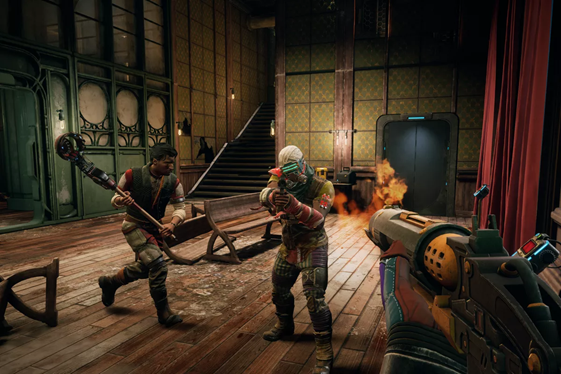
And how can we integrate the gameplay into a battle royale game mode?
As I hemmed and hawed over putting down the money for a pre-order (I’ve been burned before), more information came out about the game; the skill systems were bundled up in specific categories, the innovative “flaw” system was elaborated on, and the companions were slowly introduced. Eventually it came out that the game was designed to be fairly short: roughly 30 hours compared to the epoch that is RED DEAD REDEMPTION 2. The developers explained that this was so that the game could be played over and over with many different playstyles, but I wasn’t so sure. Later it was explained that the game wasn’t set in an open world like most AAA RPGs, including NEW VEGAS, but rather a series of large-yet-contained levels. And to top it all off, you can’t even romance your companions! How, I wondered, could this game truly be “a spiritual successor to FALLOUT: NEW VEGAS” if it didn’t even feature most of the hallmarks of modern RPGs?
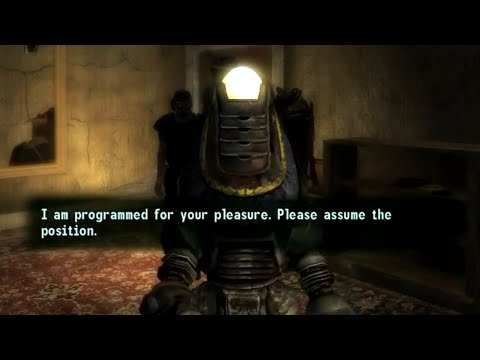
If there’s no Fisto, it won’t be missed, yo
Of course, after playing THE OUTER WORLDS, this is a very reductive view of the game. It’s almost impossible to conceive that the developers of the Pillars of Eternity series as well as games like TYRANNY didn’t pack the game with enough numbers and systems to bewilder an advanced calculus professor. There’s plenty of attributes to augment, perks to pick, and weapon/armor combos to keep your Excel spreadsheet filled. There are certain armors and articles of clothing that increase certain stats, and there are mods that can be installed to increase other stats, allowing for mixing, matching, and breaking down for parts whenever it suits one’s fancy. The same is true for weapons, with their own arrays of data that dictate their damage, damage type, and how much damage of that type that can be done in a given interval. While that’s all well and good, what is there for me, the RPG fan who is almost viscerally horrified of numbers and their combinations?
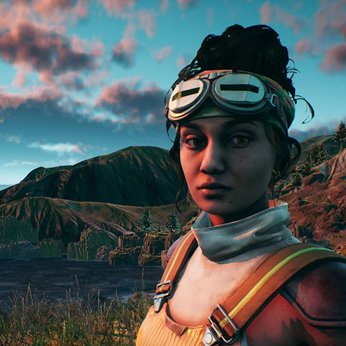
Other than The Best Girl
As every scholar knows, words are the opposite of numbers, and as such, algebra is a horrific perversion of what God has created. THE OUTER WORLDS’ use of words is excellent; the crew members you recruit each have a level of depth to them where you start to worry if you don’t take certain ones out with you. Do they get mad? Do they feel left out? No, but it still feels like they might be slightly disappointed to be left on the ship. Helping your engineer Parvati ask out the surly captain of a freighter/city is one of the most wholesome experiences I’ve experienced in a video game, and learning her story helps to build context for every other character in the game.
If you’re unfamiliar with the basic plot of THE OUTER WORLDS, in the far future, humanity has begun to colonize the stars under the direction of The Board, corporations that are essentially governments. Workers like Parvati’s father don’t often get to zip around the stars, and usually live and die where the Board puts them, with their children inheriting the same positions in the corporation as their parents. Parvati explains all of this over the course of the first couple of tutorial missions, and later additions to the player’s crew all have roughly the same story. So when the player character arrives—a freshly-awoken space colonist who’s been in hibernation since the transition to a corporatist government—the wide-eyed and ambitious engineer is eager to become chief mechanic of your ship and put everything she knows in whatever counts as a rearview mirror on spaceships.
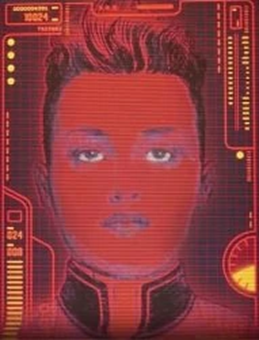
Whatever your pilot AI brings up on screen, I guess?
Where her story goes from there is truly this character’s own, but as one of the first ones the player can really flesh out it helps to illustrate where the rest of the characters you meet can go, and what the game can offer you in terms of narrative development. How many human characters in recent games have been decidedly asexual? On top of that, how many have been asexual, but homoromantic? It’s quite a departure from RPGs that make horniness a mechanic, but if you really wanted to, you could skip this whole sidequest and focus on upgrading your pistol until it takes out a marauder in one shot. There’s more than one way to go through the game, whether you’re in it for the story or just want numbers as big as possible to pop up when you bean someone in the head.
Though not often as compelling as dealing with Parvati’s heartaches or giving Nyoka closure, there are other opportunities to sift through the world’s lore via the many computer terminals that are left unguarded throughout Halcyon, which I found myself doing quite often. While reading the notes of inhabitants is often an RPG mainstay, when viewed through the lens of Fallout it has a very similar vibe. Somewhat antiquated-but-advanced computers left open for anyone with fast enough fingers to read messages, reprogram robots, or even open the safe behind the portrait is very, very similar to Fallout. While THE OUTER WORLDS oftentimes successfully distinguishes itself from the Vault-Boy in the room, there are several game mechanics that almost feel like they were designed to transition fans of one game to another.
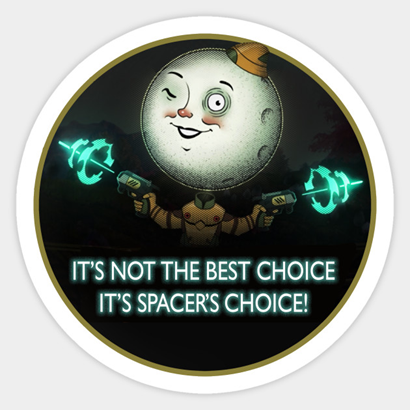
Look, there’s even a smiling, jovial mascot belying a company unconcerned with the welfare of their employees nor the chaos they’ve wrought on the world around them!
And to be sure, this game has the specter of Fallout hanging over every aspect of the game, from the initial conventions of the plot, to the companion mechanics, to scrounging up any item that someone has taken their eye off of for even a second and hoarding all of them “just in case.” One aspect that does set it apart is the absolutely vivid sense of color that paints every area in the game. Whereas most games in the Fallout series—in particular FALLOUT 3 and NEW VEGAS—were all characterized by a muted green or brown pallor that hung over every in-game asset, THE OUTER WORLDS demands its outer-space vistas be seen and appreciated. Unfortunately in my experience some of these textures take a moment or two to load, and I have to take a minute or two to wait for everything to pop in to get the full experience. But while walking through the high-contrast neon worldscapes is a delight on its own, there’s another very specific design choice that I value in THE OUTER WORLDS.
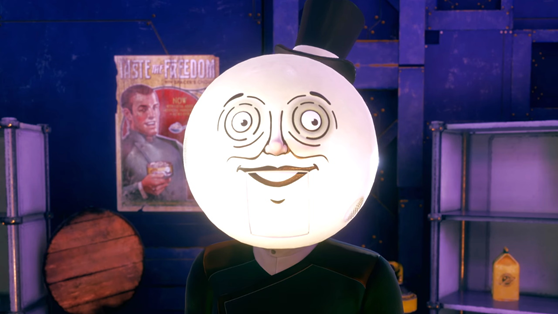
It’s not this Moon Man helmet, but I do value it nonetheless
During the aforementioned pre-purchase hemming and hawing, I read that OUTER WORLDS wouldn’t make use of any kind of open world, a facet of so many modern RPGs that it’s practically like a staple of the genre. THE OUTER WORLDS isn’t one of those games where simply walking from the gun store to the armor store results in 23 different side quests and requires at least five story-altering decisions. The world map is divided into various planets, moons, ships, and an asteroid-based lab or two. There’s usually one or two maps in each area, maps which do feel like open worlds, but are very self-contained. There’s never too much going on in each area, and things feel very deliberate.
Out of all the games I’ve started in the past five years, I’ve finished a very select few of them. To this day I have not finished RED DEAD REDEMPTION 2, THE WITCHER 3, or even, honestly, FALLOUT 4. Sometimes things come up, but sometimes there’s so MUCH of the world and so little of my waking hours to dedicate to it that I have to move on to the next thing. But with THE OUTER WORLDS there’s a sense of A leads to B leads to C, and while you can receive and complete errands while going from B to C, there won’t be 30 other imperative opportunities that crop up in that timeframe. Playing through THE OUTER WORLDS, the player will definitely rack up items for their own “to-do” list, but it never feels overwhelming in the way that a lot of RPGs tend to pile on the tasks.
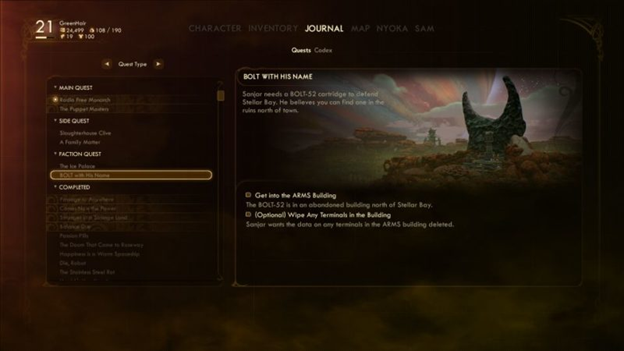
Put another way: it’s still possible to get loaded up on tasks when heading to a new area, but the scope of the tasks themselves never feels like you have make an immediate 180 across the map to complete them
There have been plenty of reviews written on this game since it came out and some have commented on the deliberate nature of the objectives as a negative factor, and something that makes the world feel less alive. I would counter that honestly it’s vastly refreshing as someone who is easily distracted and doesn’t have incredible amounts of time to devote to freeing the system from the horrors of space corporatist capitalism. Sometimes it’s nice to have short, curt directions on what you’ve been doing, where you’re to go next, and what to do once you get there.
It’s tough to say whether it’s unfair that THE OUTER WORLDS is being so closely compared to Fallout when the developers put so much of Fallout into it. On top of that, most fans seem to desperately WANT the game to be part of the Fallout universe or lore, and are actively comparing the two in between coming up with fan theories. I feel that outside of all the speculation THE OUTER WORLDS stands amazingly well on its own, and the way quest objectives are presented and the plot advanced it feels almost innovative. A nice change of pace in a landscape where refusing to give someone five gold pieces could result in the death of a king.


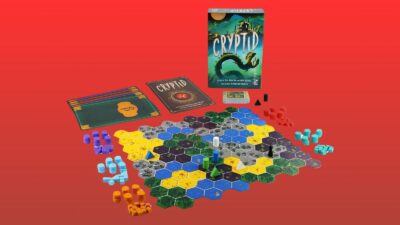

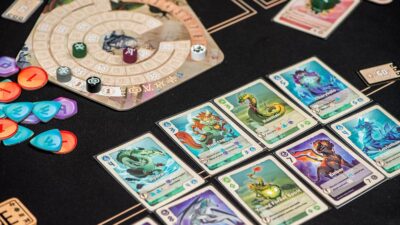


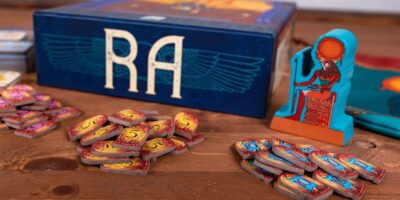
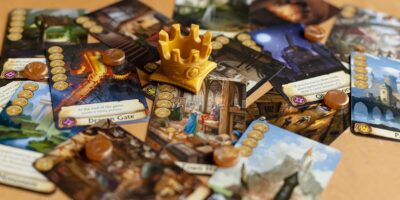







Comments